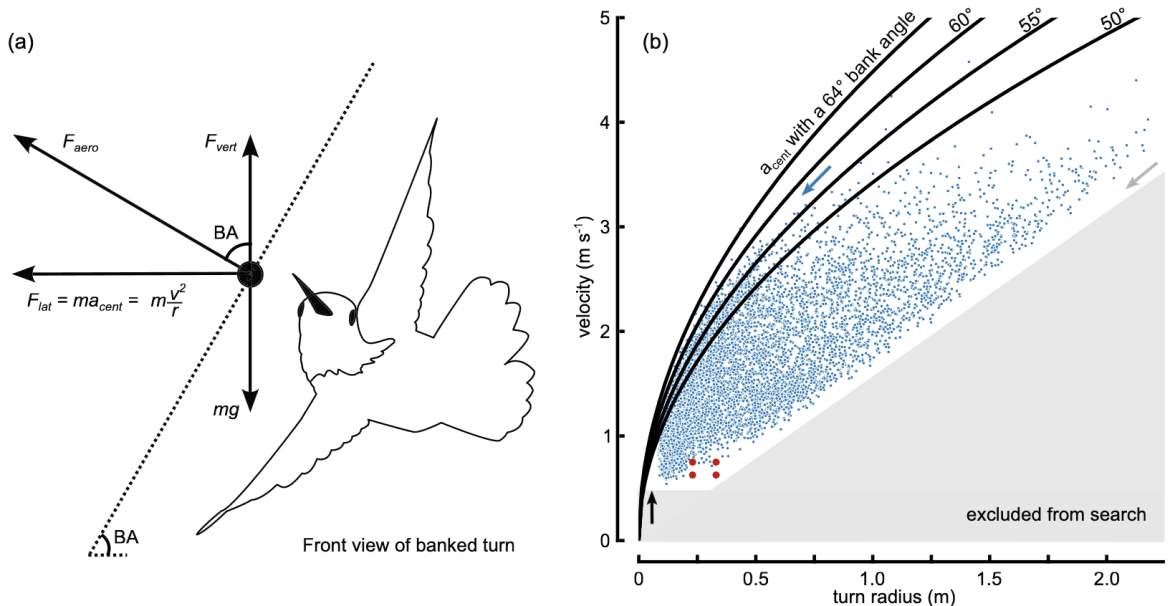
Figure 1 The maximum centripetal acceleration of the arcing turns performed by Anna’s hummingbirds was consistent with 64° bank angle.
Abstract
Hummingbirds use their extreme maneuverability to defend territories and win competitions. In theory, a bird can tap into its muscular power reserves to perform complex maneuvers, with the size of the power reserves dictating the maximum maneuvering performance. To test the link between power reserves and maximum maneuvering performance, we used load-lifting trials to measure the power reserves of Anna’s hummingbirds (Calypte anna). Based on these estimates, we calculated the theoretical maximum arcing turn performance. Finally, we used thousands of arcing turns measured with an automated tracking system to evaluate whether maximum turning ability aligned with the theoretical predictions. The maximum turning performance of the hummingbirds closely matched the maximum predicted by their power reserves, even though individual performance maximums were not correlated with individual power reserves. Therefore, our evidence that power reserves underlie maximum performance is mixed: it is in the aggregated turns across all individuals that the large-scale patterns of maximal performance begin to emerge. Because they limited turning performance, power reserves also created a trade-off between radius and velocity. As large free-flight datasets continue to be explored, it is likely that we will continue to find associations between burst power and maximal maneuvering performance.